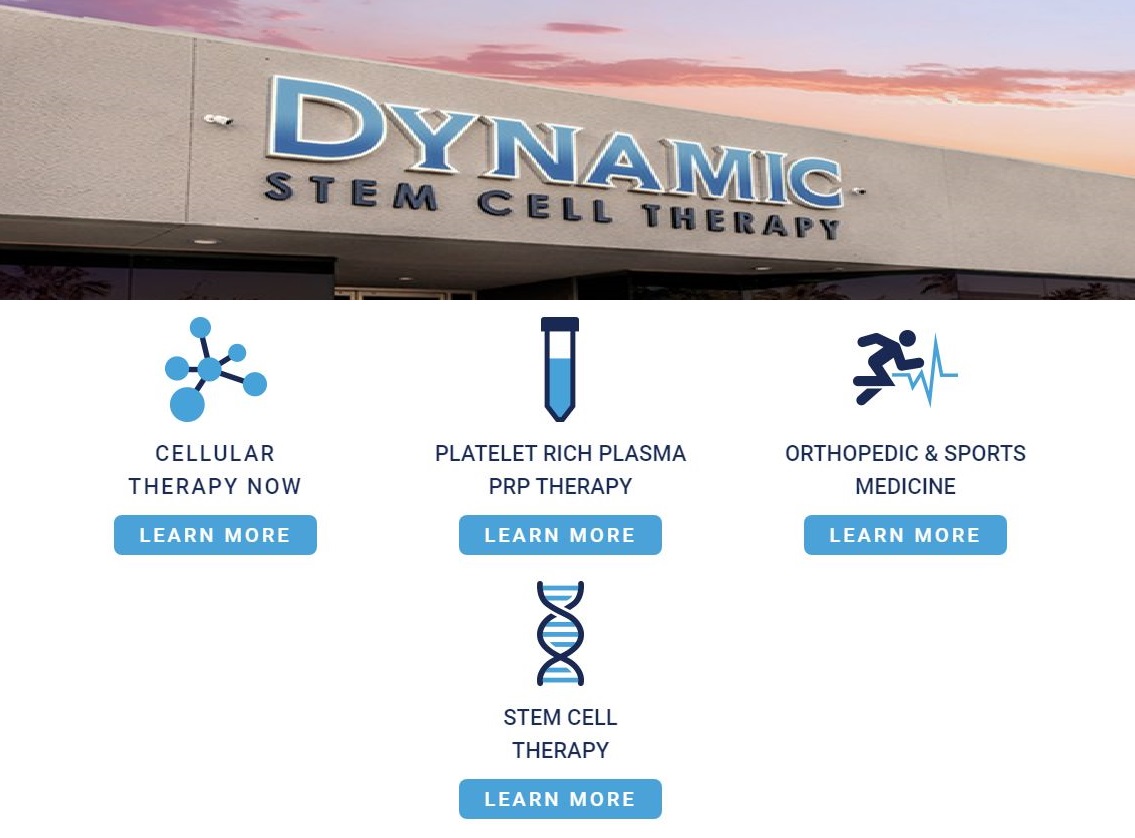What is stem cell stimulation? How does it work?
Stem cell stimulation is a type of therapy that uses electrical or magnetic fields to stimulate the growth and differentiation of stem cells. The therapy is used to treat a variety of conditions, including spinal cord injury, stroke, cerebral palsy, and various types of cancer.
Stem cells are special cells that can divide and heal damaged tissue. They are found in many parts of the body, but they are especially abundant in the brain and spinal cord. When stem cells are damaged or lost, they can cause diseases such as cancer or spinal cord injury.
Stem cell stimulation works by stimulating the growth and differentiation of stem cells. This allows these cells to repair damage in the body. The therapy involves placing a small catheter into the jugular vein. The catheter is connected to a pump that delivers chemicals to the brain. The chemicals signal stem cells in the bloodstream to grow and differentiate into new nerve cells. This process is known as neurogenesis.
Benefits: What are the benefits of stem cell stimulation?
Stem cell stimulation therapy holds many potential benefits for patients. These therapies use a patient’s own cells to help treat conditions such as cancer, stroke, and spinal cord injury. Cells are harvested from the patient and then stimulated with special chemicals in a laboratory. This process can help the cells multiply and fight off disease.
Some of the benefits of stem cell stimulation therapies include:
-The ability to treat diseases without surgery or radiation.
-The potential to improve symptoms quickly.
-The ability to regenerate damaged tissue.
Risks: What are the risks of stem cell stimulation?
Stem cell stimulation is a therapy that uses electrical or magnetic fields to promote the growth of healthy cells. This therapy is used to treat conditions like stroke, spinal cord injury, and cerebral palsy.
How is stem cell stimulation conducted?
Stem cell stimulation is an emerging clinical technique that uses electrical current to promote the expansion and multiplication of stem cells. The procedure typically begins with injection of growth factors into the patient’s bloodstream. These growth factors work together with the electrical current to help induce stem cell proliferation and differentiation. The goal is to stimulate enough new stem cells to replace or improve the function of damaged cells in the body.
There are several different ways to deliver the electrical current. One method uses surgically implanted electrodes to directly stimulate individual cells. Another uses a magnetic field that passes through the patient’s body and interacts with specific cells. Finally, some clinicians use a combination of methods, depending on where in the body they want to stimulate new stem cells.
Stem cell stimulation is a relatively new treatment method that is still in its early stages of development. While the benefits of stem cell stimulation are largely unknown, there are some potential benefits that could include improvements in overall health, pain relief, and even repair of damaged tissue. Stem cell stimulation is still in its experimental phase, so more research is needed to determine its full potential.
What are the results of stem cell stimulation?
Stem cell stimulation has shown to be effective in treating a variety of medical conditions. The most common treatments are for brain injuries and spinal cord injuries. Studies have also shown that stem cell stimulation can help improve heart health, arthritis, and diabetes. The field of stem cell stimulation is relatively new, and there are many promising treatments being researched which will make the process safer for patients. In the future, we may see stem cell therapy become widely used in the medical community.




